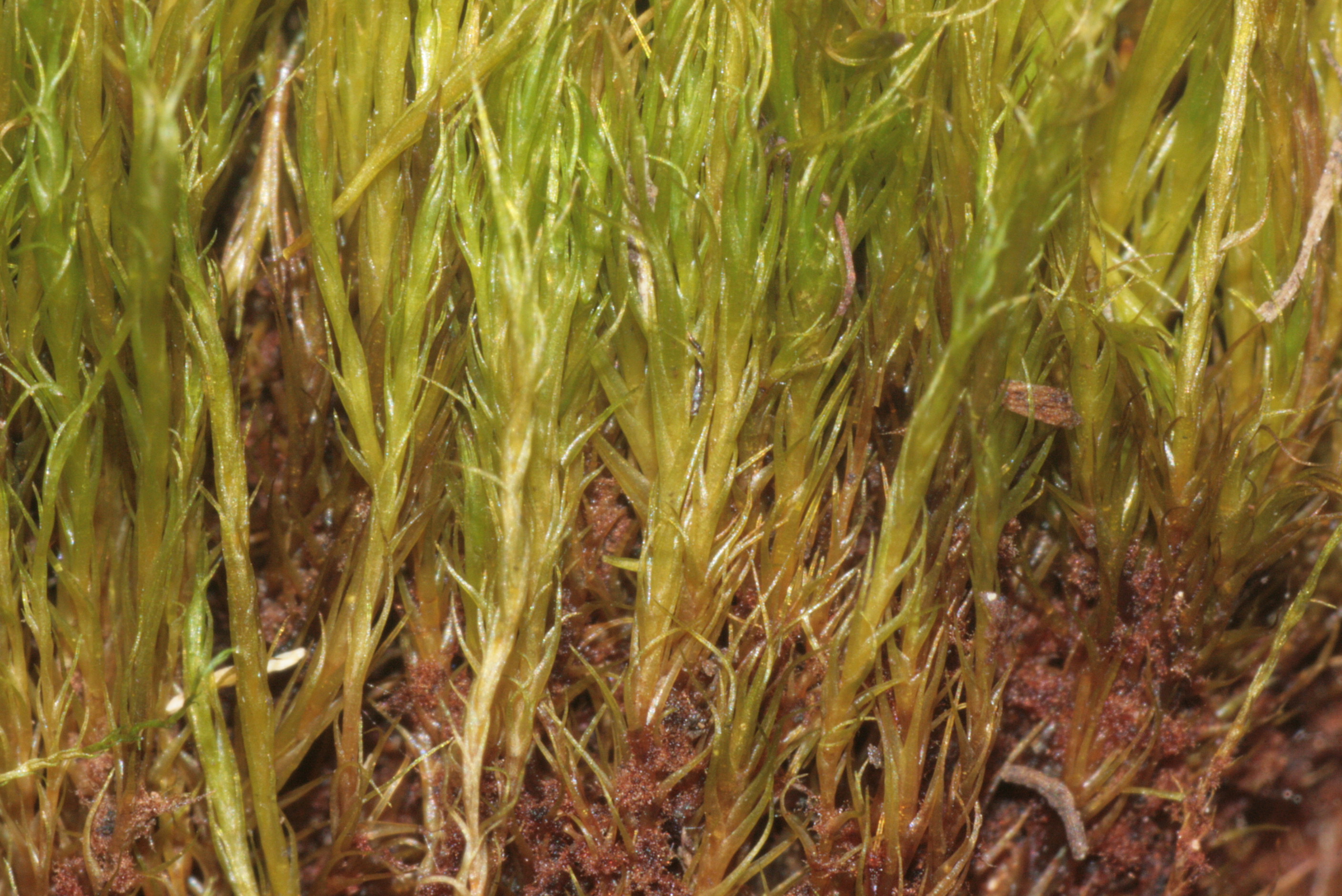
image from: https://www.earth.com/plant-encyclopedia/Bryophytes/Ditrichaceae/ditrichum-pusillum/en/
Discovering the Wonders of Ditrichum austrogeorgicum: A Fascinating Moss Species

image from: https://naturebftb.co.uk/projects/cornish-path-moss/
Introduction
Mosses may be small, but they play a big role in many ecosystems around the world. One particularly interesting species is Ditrichum austrogeorgicum (Cardot) Seppelt, also known simply as Ditrichum. This unique moss belongs to the Ditrichaceae family and has some remarkable characteristics. In this blog post, we’ll take a closer look at this fascinating plant.
Background
Ditrichum austrogeorgicum is a species of moss first described by French botanist Jules Cardot in 1906. It was later reclassified into the genus Ditrichum by Australian bryologist Rodney Seppelt in 1982. This moss is part of the division Bryophyta and class Bryopsida.
Morphology and Identification
Ditrichum austrogeorgicum forms small, dense tufts or cushions. Its leaves are

image from: https://www.marylandbiodiversity.com/view/10857
lanceolate (lance-shaped) and have a prominent midrib. The leaf margins are usually entire (smooth-edged). Ditrichum is dioicous, meaning male and female reproductive structures are on separate plants. The spore capsules are

image from: https://www.earth.com/plant-encyclopedia/Bryophytes/Ditrichaceae/ditrichum-heteromallum/en/
erect and cylindrical on a long seta (stalk).
Global Distribution and Habitat
This moss has a restricted distribution, found primarily in Antarctica, sub-Antarctic islands, and extreme southern South America. It grows on soil, rocks, and sometimes on other mosses in cold, harsh environments. Ditrichum is well-adapted to the challenging conditions of these regions.
Ecological Roles and Adaptations
Like other mosses, Ditrichum plays important roles in its ecosystems:
- Helps with soil stabilization and prevents erosion
- Provides shelter and microhabitats for small invertebrates
- Contributes to

image from: https://www.invasive.org/browse/detail.cfm?imgnum=1115129
nutrient cycling and water retention
Ditrichum has several adaptations that allow it to thrive in its harsh habitats:
- Thick cell walls provide structural support and resist freezing
- Dark pigments protect against intense UV radiation

image from: https://www.earth.com/plant-encyclopedia/Bryophytes/Ditrichaceae/ditrichum-flexicaule/en/
- Able to tolerate desiccation and rehydrate when water is available

image from: https://ohiomosslichen.org/moss-ditrichum-pallidum/

image from: https://www.pinterest.com/pin/369647081918434361/
| Characteristic | Description |
|---|---|
| Family | Ditrichaceae |
Genus
 image from: https://mdc.mo.gov/discover-nature/field-guide/mosses |
Ditrichum |
| Species | D. austrogeorgicum |
| Plant type | Moss |
| Leaf shape | Lanceolate |
| Midrib | Prominent |
| Leaf margins | Entire |
| Sexual condition | Dioicous |
| Capsule shape | Cylindrical |
| Seta | Long |
Habitat
 image from: https://www.forestryimages.org/browse/detail.cfm?imgnum=1115128 |
Cold environments |
| Substrate | Soil, rock, other mosses |
| Distribution | Antarctica, sub-Antarctic, southern South America |
Conclusion
Ditrichum austrogeorgicum may be a small and unassuming plant, but it has a big story to tell. From its unique morphology to its important ecological roles, this mighty moss is a testament to the incredible diversity and resilience of life on Earth. Next time you see a patch of moss, take a closer look – you might just be looking at a Ditrichum! What other secrets do you think these tiny plants hold?